When people think of South Africa, they might picture its diverse landscapes, wildlife safaris, or historic journey from apartheid to democracy. But one of the country’s most remarkable features is its linguistic richness. Known as the “Rainbow Nation,” South Africa’s cultural diversity is echoed in its speech, making the languages of South Africa not just a tool for communication, but a testament to identity, history, and resilience.
In this article, we’ll explore the official languages of South Africa, examine the country’s multilingual makeup, and answer key questions like what are the official languages of South Africa and what are the 12 official languages of South Africa. Whether you’re a linguist, traveller, or simply curious, this is your guide to understanding the linguistic landscape of one of the world’s most diverse nations.
What Language Do They Speak in South Africa?
At first glance, it might seem like a simple question: what language do they speak in South Africa? The answer, however, is far more fascinating than a single name.
There are 12 official languages of South Africa as of 2023. These include:
- Afrikaans
- English
- isiNdebele
- isiXhosa
- isiZulu
- Sesotho
- Setswana
- Xitsonga
- Tshivenda
- siSwati
- Sepedi (Northern Sotho)
- South African Sign Language (added in 2023)
The inclusion of South African Sign Language as the 12th official language was a landmark moment, acknowledging the deaf community’s right to full participation in society. This change also sparked renewed interest in understanding what are the 12 official languages of South Africa.
The Constitution and Language Equality
The South African Constitution, adopted in 1996, was groundbreaking in its commitment to multilingualism. Section 6 of the Constitution explicitly recognizes the importance of all official languages, placing no single one above the rest.
It also encourages the promotion and protection of indigenous languages that may not be among the 12 official ones, showing an admirable dedication to linguistic equity. This makes the languages in South Africa not just functional tools, but pillars of national identity and heritage.
The Role of Each Official Language in South Africa
Each of the official languages of South Africa has its own geographic and cultural stronghold. Here’s a quick breakdown:
isiZulu
Spoken by nearly 25% of the population, isiZulu is the most spoken home language. Predominantly used in KwaZulu-Natal, it also enjoys wide understanding throughout the country.
isiXhosa
Closely related to isiZulu, isiXhosa is the second most widely spoken language, especially in the Eastern and Western Cape provinces. Together, isiZulu and isiXhosa account for a large portion of languages spoken in South Africa.
Afrikaans
A language developed in South Africa, Afrikaans has roots in Dutch but evolved into something uniquely local. It is widely spoken across the Western Cape, Northern Cape, and parts of Gauteng.
English
While only about 9.6% of the population speaks it as a first language, English is the primary language of government, business, and education. It acts as a common bridge across South Africa’s multilingual population.
Sesotho, Setswana, Sepedi
These Sotho-Tswana languages are widely spoken in the Free State, North West, and Limpopo provinces. They form part of the linguistic foundation of the country’s interior regions.
siSwati, isiNdebele, Xitsonga, Tshivenda
Though less widely spoken, these languages are rich in culture and significance. For example, siSwati is spoken in Mpumalanga and has ties to Eswatini, while isiNdebele, with its distinctive patterns and art, is rooted in northern regions.
South African Sign Language (SASL)
With the 2023 amendment, SASL became fully recognized, enabling greater inclusion for the estimated 600,000+ deaf South Africans who use it daily. This recognition reflects progress in embracing all forms of communication in the South African language landscape.
Percentages and Distribution: How Many People Speak What in South Africa?
Let’s take a look at the percentages of languages spoken in South Africa based on recent census and language use data:
- isiZulu – 24.7%
- isiXhosa – 16%
- Afrikaans – 12.1%
- English – 9.6%
- Sepedi – 9.1%
- Setswana – 8.0%
- Sesotho – 7.6%
- Xitsonga – 4.5%
- siSwati – 2.5%
- Tshivenda – 2.4%
- isiNdebele – 2.1%
- South African Sign Language – 1.0-% (estimated)
These numbers help illustrate the number of languages in South Africa in practical, everyday terms. Multilingualism is more than a constitutional policy, it’s how daily life operates.
Beyond the Official: Indigenous and Immigrant Languages in South Africa
While most discussions focus on the 11 official languages of South Africa, the reality is that many more are spoken within the country. These include:
- Khoi, San, and Nama languages: Indigenous click languages spoken by small communities, many of which are endangered.
- German, Portuguese, Greek, Gujarati, and Hindi: Spoken by various immigrant communities.
- French and Shona: Common among immigrants from neighboring African countries.
Though not counted in the official languages of South Africa, these tongues play a vital role in the country’s diverse communication ecosystem.
Multilingualism in Daily Life
The practical use of the languages of South Africa is a balancing act. While English dominates in official settings, most South Africans are at least bilingual, if not trilingual.
It’s not uncommon for someone to speak isiZulu at home, use English at work, and switch to Afrikaans with neighbors. This code-switching reflects the deep, everyday integration of languages in South Africa.
Education and Media
Education in South Africa encourages mother tongue instruction in early years, but English becomes the medium of instruction from Grade 4 onward in most schools.
Television, radio, and print media cater to all 12 official languages. For example:
- Ukhozi FM (isiZulu) is one of the largest radio stations in Africa.
- SABC broadcasts news in all official languages.
- Sign language interpretation is increasingly visible in televised events.
Challenges and Progress
Despite the celebration of multilingualism, several challenges persist:
- Indigenous languages face declining use, particularly among urban youth.
- English dominates higher education and the job market, overshadowing other languages.
- Resources for developing and promoting all 12 official languages equally are limited.
However, recent efforts, including language digitization, AI translation tools, and increased funding for indigenous language programs, show progress in addressing these concerns.
Language as Identity in South Africa
The languages of South Africa tell a story of survival, unity, and transformation. From colonial imposition to democratic inclusion, the nation’s language policies reflect a commitment to diversity and human dignity.
As debates continue around what are the 12 official languages of South Africa are, and how best to preserve the rest, one thing remains clear: South Africa’s strength lies not in a single tongue, but in the voices of many.
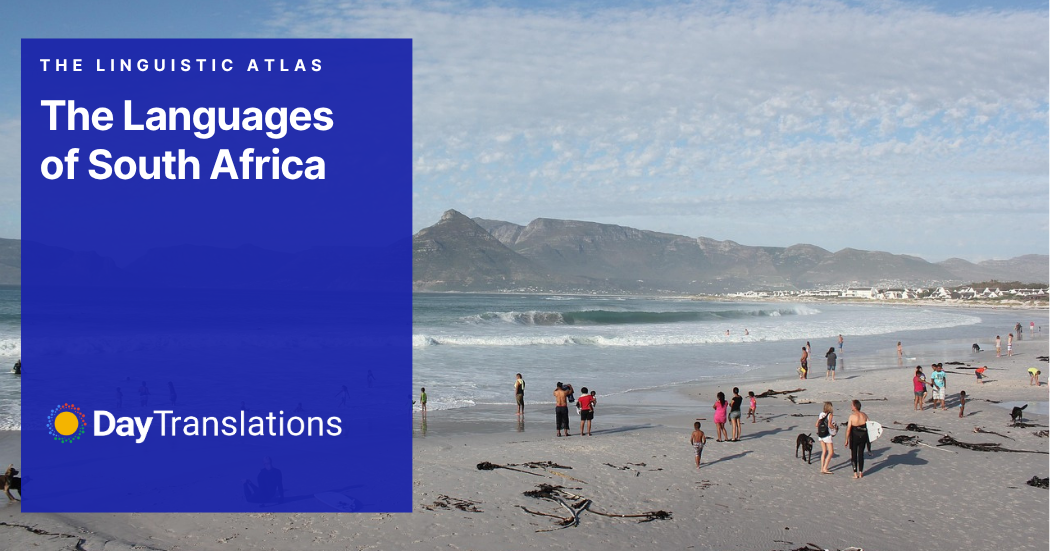

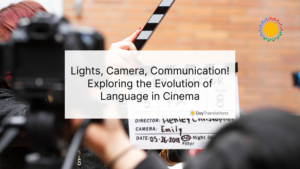
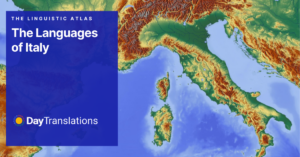
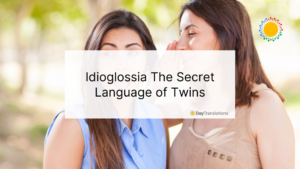
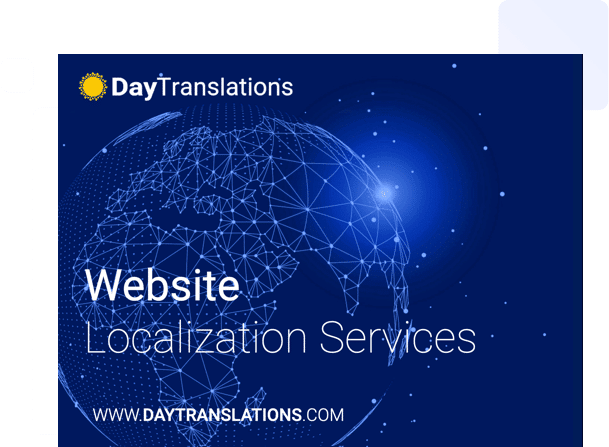






Sorry, the comment form is closed at this time.